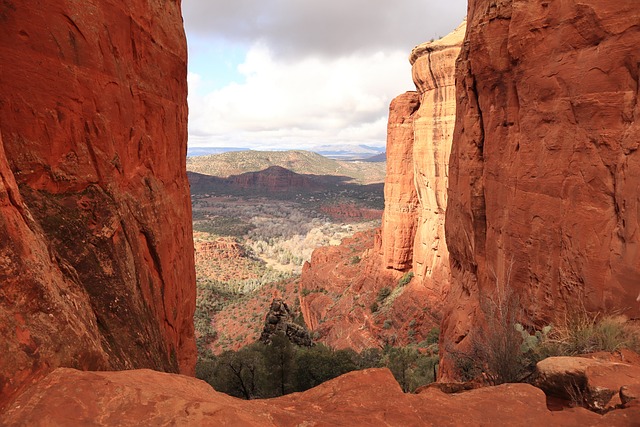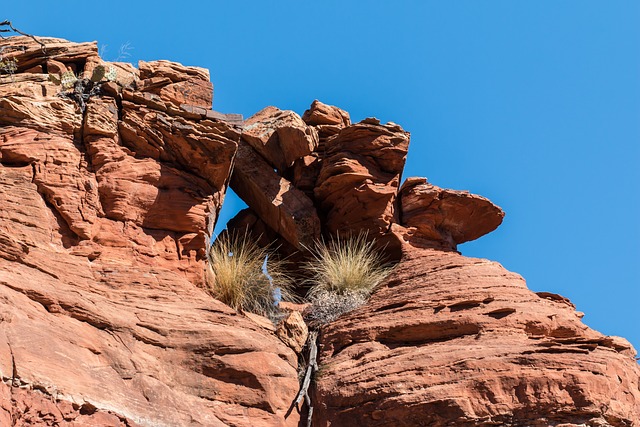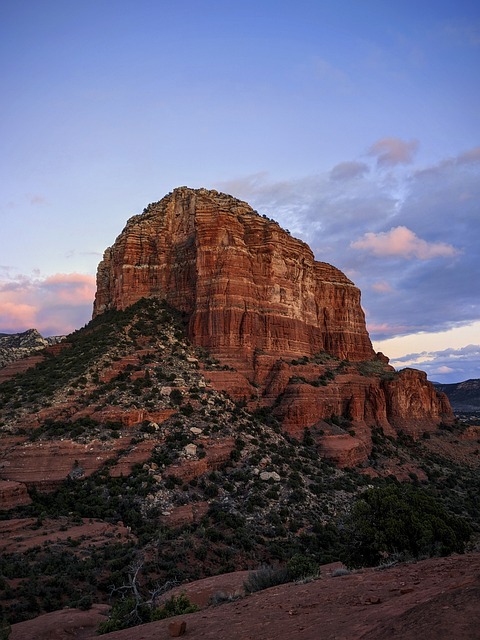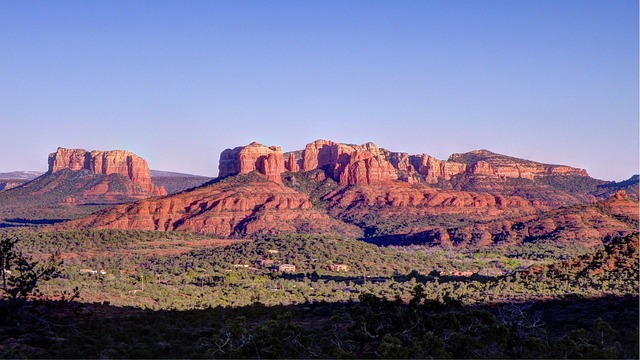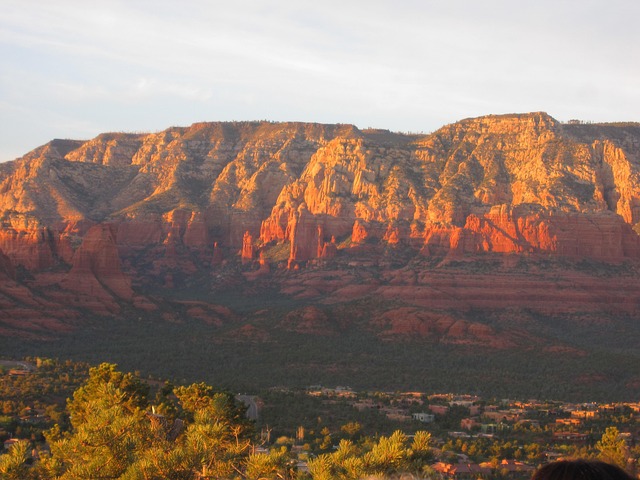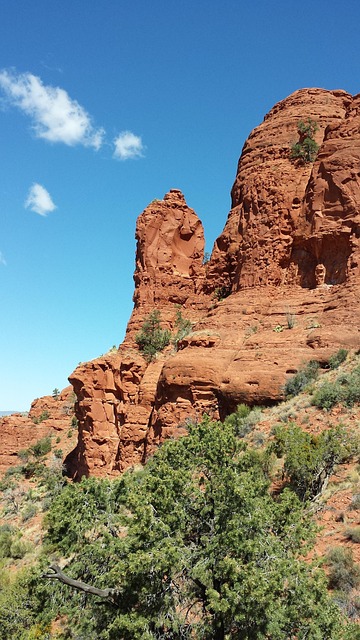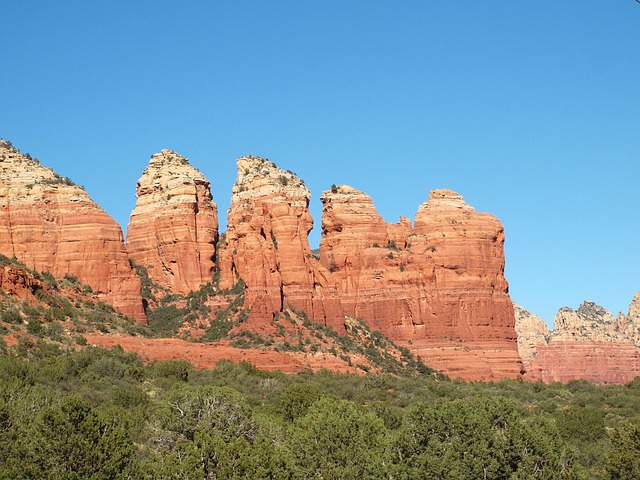The arts are revitalizing urban landscapes by transforming ordinary spaces into dynamic creative hubs, driving real estate markets in diverse neighborhoods. Galleries, studios, and cultural centers attract artists and art enthusiasts, increasing property values and fostering economic growth. This trend benefits artists, residents, investors, and developers alike, making vibrant artistic communities key drivers of successful and sustainable real estate investments.
Discover a vibrant world where art and real estate intertwine, creating dynamic communities. This article explores the thriving arts scene and its profound effect on local markets. From ‘Unlocking Creative Spaces’ to navigating diverse gallery guides, we delve into how arts communities drive real estate value. We examine the impact of bustling galleries on neighborhood transformation and offer insights for investors keen on exploring this unique intersection.
Unlocking Creative Spaces: How Arts Communities Drive Real Estate Value

The arts play a pivotal role in transforming ordinary spaces into vibrant hubs of creativity, known as “creative spaces.” This phenomenon significantly influences real estate markets and values. When artists gather in a specific area, it attracts a diverse range of individuals who appreciate and support their work. As a result, these communities drive up demand for local housing, making areas with thriving art scenes highly desirable and potentially increasing property values.
Galleries, studios, and cultural centers become the heartbeats of such neighborhoods, fostering collaboration and inspiring creativity. This artistic energy not only enriches the lives of residents but also attracts investors and developers who recognize the long-term benefits. The positive ripple effect creates a cycle where the arts sustain and enhance real estate markets, making them sustainable and lucrative for all involved.
A Gallery Guide: Exploring the Diverse Art Scenes Across Different Neighborhoods
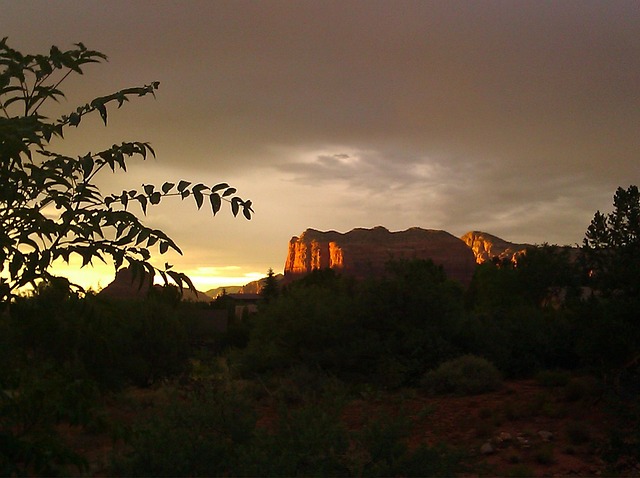
In any city, the arts community serves as a vibrant thread weaving together diverse neighborhoods, each with its unique character and artistic flavor. For residents and visitors alike, exploring these diverse art scenes is akin to navigating a captivating real estate landscape where every block unveils fresh creative treasures. From bustling galleries in urban hubs to quieter, more intimate exhibits tucked away in historic districts, the variety is truly remarkable.
Each neighborhood offers its own take on artistic expression, influenced by factors such as history, culture, and local talent. For instance, a lively arts district might showcase contemporary works, while an old town could feature traditional art forms. This diversity enriches the cultural tapestry of the city, making it a magnet for art enthusiasts seeking to immerse themselves in unique experiences.
Investing in Art: The Impact of Thriving Galleries on Local Real Estate Markets
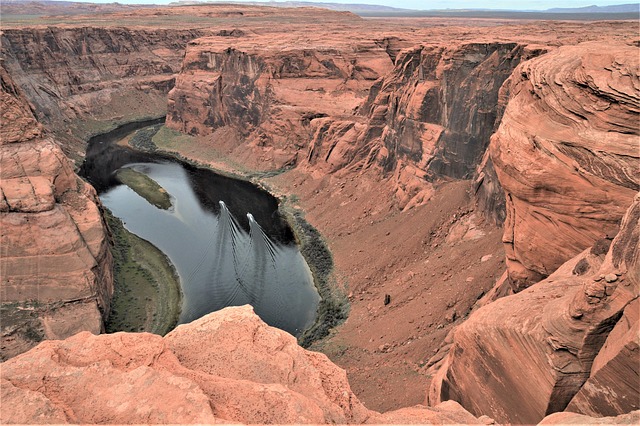
Investing in art is no longer seen as just a hobby or luxury—it’s a significant driver in local real estate markets, particularly in areas with thriving arts communities. The presence of diverse galleries and artistic hubs attracts both artists and art enthusiasts, fostering a vibrant urban landscape. This increased foot traffic and cultural buzz can lead to higher property values and rental rates, making it an attractive prospect for investors.
The impact is twofold: aesthetically, these artistic spaces enhance the overall ambiance and desirability of a neighborhood; economically, they stimulate local economies and create a ripple effect that benefits nearby businesses. With artists and art collectors flocking to these areas, real estate becomes a valuable commodity, driving market trends and offering lucrative opportunities for both developers and residents alike.
